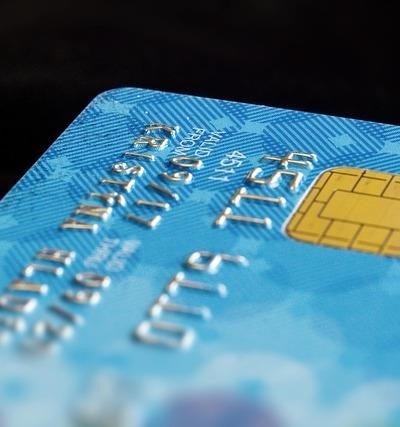
Non-VBV (Verified by Visa/Mastercard SecureCode) credit cards, often associated with subprime credit cards or credit cards for bad credit, present a complex financial landscape. While offering access to credit for individuals with less-than-perfect credit histories, they come with significant risks. Understanding these risks is crucial before applying.
Many non-VBV cards are high-interest credit cards, boasting credit card APRs significantly higher than those offered to prime borrowers. This high cost of borrowing can quickly lead to unmanageable debt, especially if you struggle with debt management. The affordability of these cards needs careful consideration.
While some may be unsecured credit cards, many are secured credit cards, requiring a security deposit. Even with a secured card, the financial risk remains high due to elevated interest rates. Poor payment history further exacerbates this risk, negatively impacting your credit score impact.
Building credit is possible with these cards, but the process is fraught with challenges. The high interest charges can offset any positive impact from responsible use. Consider the potential for credit repair if your credit history is severely damaged.
Debt consolidation using a non-VBV card is generally ill-advised. The high interest rates will likely worsen your financial situation, increasing your overall debt burden. Focus on improving your credit utilization and practicing responsible borrowing instead.
Non-prime credit cards, sometimes overlapping with non-VBV options, offer a pathway to improved credit, but require stringent financial discipline. Careful monitoring of spending and diligent payment are paramount to avoid the pitfalls of high-risk credit cards. Prioritize improving your credit score through other means before considering this option.


A well-written and informative piece that accurately portrays the challenges and risks associated with non-VBV credit cards. The advice offered is practical and relevant, particularly the emphasis on responsible borrowing and the importance of considering alternative methods for credit repair. The article is a valuable resource for anyone considering this type of credit product.
The article effectively highlights the complexities of the non-VBV credit card market. The explanation of the relationship between these cards and subprime credit is insightful, and the warnings about the potential negative impact on credit scores are crucial for readers to understand. The piece successfully balances the potential benefits with the significant drawbacks.
This article successfully demystifies the often-confusing world of non-VBV credit cards. The clear and straightforward language makes it accessible to a wide audience, while the depth of information provides valuable insights for those seeking to improve their credit situation. The cautionary tone is appropriate given the inherent risks involved.
This article provides a clear and concise overview of the risks associated with non-VBV credit cards. The emphasis on high-interest rates and the potential for unmanageable debt is particularly helpful for consumers considering this type of credit. The advice against debt consolidation using these cards is sound and well-justified.